A few years back I went on a very interesting family vacation to Kansas with my moms side of the family. Probably one of the least interesting parts of the trip is the one I'm about to jump into. On our way back from Kansas we stopped in Arkansas and went walk through a cave (I don't remember which cave), and in the souvenir shop my cousins and I bought these really pretty rocks. They were cut in slices--(they kind of remind me of kiwi slices) rigid on the outside but smooth and spiral-like on the inside. (although that sounds nothing like a slice of kiwi). I got a monochromatic blue one.
So, I ended up basically putting this rock aside and eventually losing it. Now, however many years later while putting together patterns for my color theory project---I need to know the name of this rock. Thankfully my mom and aunt remember what I guess I actually never knew. The rock or mineral or crystal (i guess we'll find out) is called Agate.
The rest of this will probably be like a boring science class to most people. But I find it interesting. :D
Soooo, here is what I have::
First, I find that its easy to know what a few things are before I start investigating agate.
Silica--is the chemical compound silicon dioxide is known for its hardness. It is most commonly found in nature as sand or quartz. It is a principal component of most types of glass and substances such as concrete. It is the most abundant mineral in the earth's crust.
Quartz --is a mineral/crystal.
Chalcedony-- is a cryptocrystalline form of silica. It has a waxy lustre, and may be semitransparent or translucent. It can assume a wide range of colors, but those most commonly seen are white to gray, grayish-blue or a shade of brown ranging from pale to nearly black.
Cryptocrystalline-- is a rock texture that is EXTREMELY finely crystalline.
And finally!!!
Agate-- is a variety of chalcedony with multi-colored concentric banding. It is a semiprecious silica mineral--the most common variety of chalcedony which is a form of quartz. Although agates may be found in various kinds of rock, they are classically associated with volcanic rocks but can be common in certian metamorphic rocks.
Agate forms when gas bubbles trapped in solidifying lava become filled with alkali and silica-bearing waters, which coagulate into a gel. The alkali attacks the iron in the surrounding lava, and bands of the resulting iron hydroxide are created in the gel, which loses water and crystallizes, leaving the bands intact. Many agates, when cut in cross-section, reveal striking forms.(oooh yes they do)
Now for "fun facts"
Agate was highly valued as a talisman or amulet in ancient times.
-It was said to quench thirst and protect against fever.
-Persian magicians used agate to divert storms.
-Folk lore says it balances emotions, discerns the truth, accepts circumstances, powerful emotional healer. (I should get a piece of agate)
-Legend says that Agate improves memory and concentration, increases stamina and encourages honesty.
-Agate is said to be particularly beneficial to people born under the sign of Gemini as it helps them to remain calm and focused
-It is believed to prevent insomnia and insure pleasant dreams, to enhance personal courage and protect one against danger.
-Agate provides a calming influence, improves perception, concentration and helps to develop and increase one's analytical talents.
Nooooowwowowowoww: LOOK AT IT. It's ...crazy! It's wonderus.(trying to use new synonyms) It's...just....crazy.
I could look at it all day.
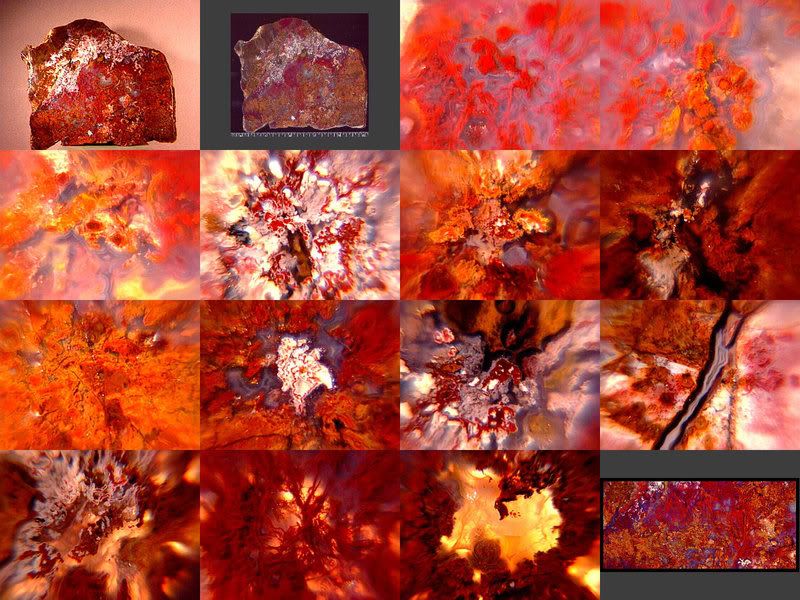
Plume Agate

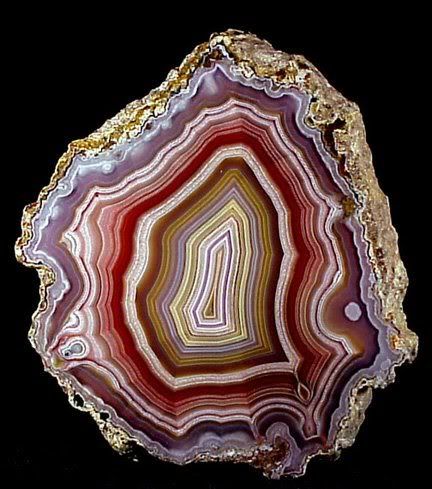
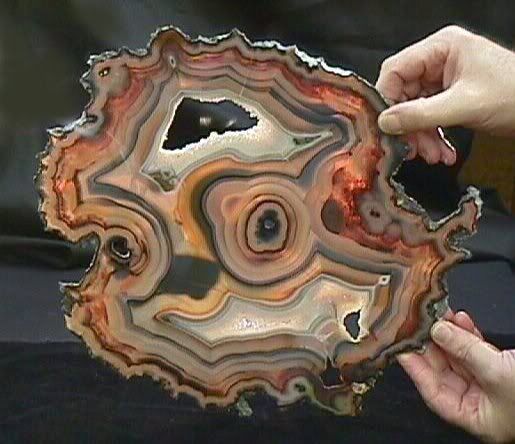
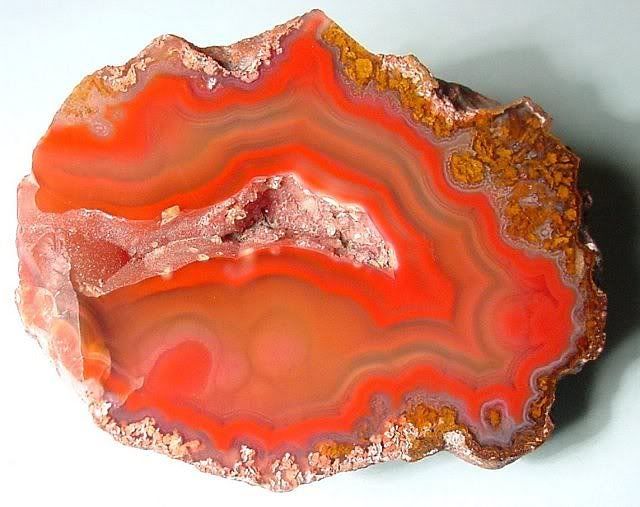
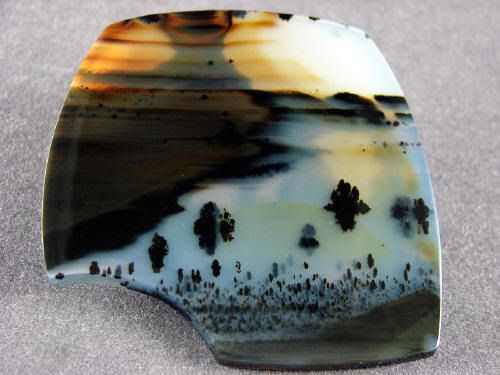
Moss Agate---Looks like a landscape :)

A BOWL
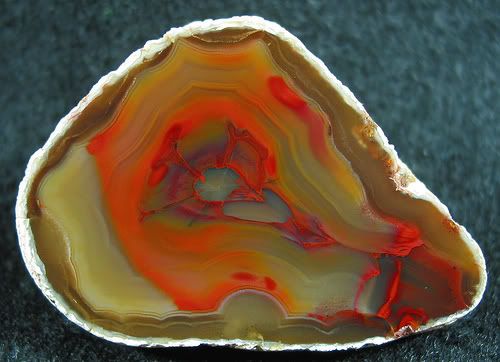
I mean, really? THIS IS SO AMAZING. Those colors are perfect. ahh
I would like to close with this psychedelic fungus:

Thank you.

I thoroughly enjoyed this.
ReplyDeleteTHANK YOU! So did I! :D
ReplyDeleteohhh... Kita. Nakita. I totally didn't get that that was you.
ReplyDeleteoops.